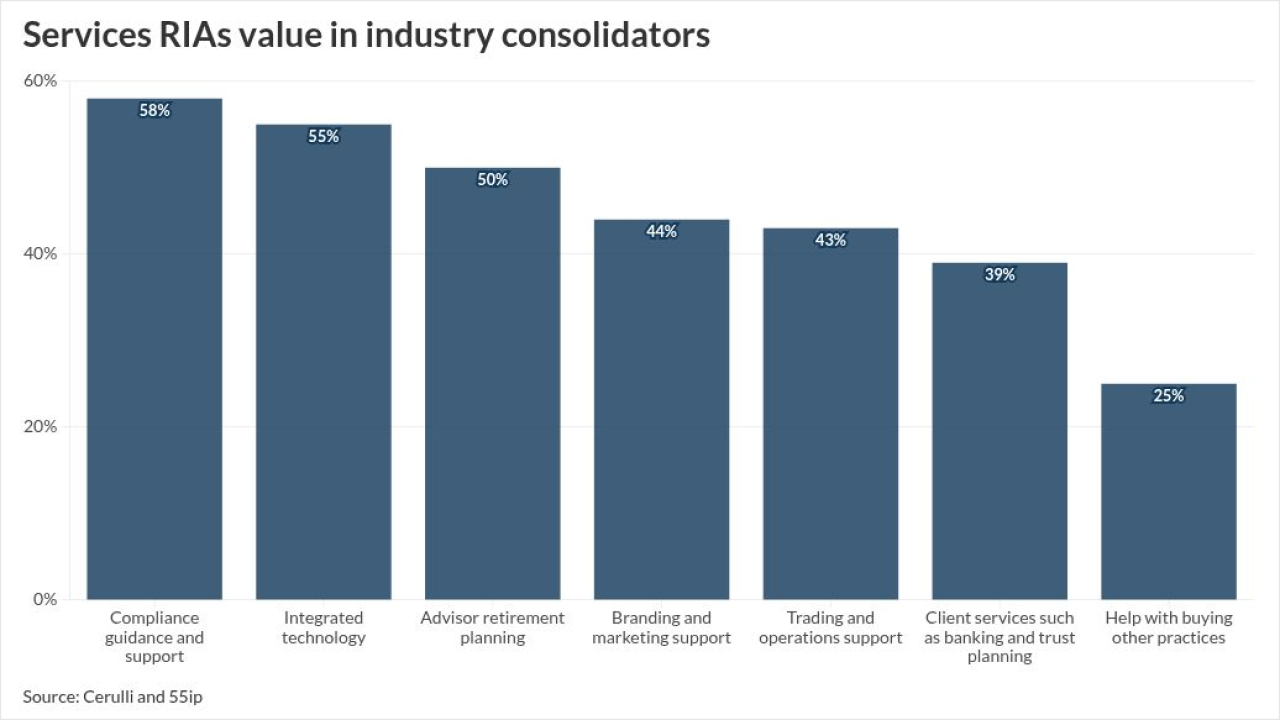Our daily roundup of retirement news your clients may be thinking about.
The decision on where to live in retirement involves a consideration of various financial and lifestyle factors, according to this article on U.S. News & World Report. More than three-fourths of people age 50 and older (77%) want to stay where they are as long as possible, according to a 2018 survey by AARP. But for those clients who want to — or have to — move, they will find pros and cons with each option, according to this article. They may opt to stay with family members, or move to a condo or a retirement community after leaving the workplace for good. Renting a house is also another option. Seniors are advised to weigh the lifestyle and financial issues of each option to determine the best decision for their situations.

Children of retirees would be compelled to cover their parents’ nursing home expenses if the elders cannot afford to pay the costs, writes a Forbes contributor. The amount can be staggering, with the cost of a private room in a nursing facility exceeding $100,000 per year in some cases, writes the expert, citing data from Genworth. “This might surprise you, but a little-known legal doctrine on the books in about half of U.S. states, called filial support laws, could hold you responsible for the long-term care bills of your parents or other family members.”
Data from the Centers for Disease Control and Prevention show that seniors who reached the age of 61 are likely to live for another 23.3 years, meaning clients should expect their retirement to last more than two decades, according to this article on USA Today. Seniors who have not saved enough should consider tapping their home equity, buy an annuity and minimize withdrawals from their retirement accounts during a market downturn to close or reduce the gap between expenses and income. It also pays to seek guidance from government and nonprofit programs designed to help cash-strapped retirees.
Contributing to a 401(k) plan and an IRA can be a great strategy for clients to save for and support their charitable causes in retirement, an expert writes for Kiplinger. That’s because these accounts are funded with pretax dollars, thereby enabling clients to reduce their taxable income. Donating directly from a traditional IRA to a charity via a qualified charitable contribution once clients reach 70 1/2 will also allow them to avoid the tax bill on required minimum distributions, adds the expert. “Donating money from traditional IRAs remains one of the most tax-efficient ways for a person to contribute to their favorite charities after their death — partly because there will be a looming tax bill due if the account is left to heirs.”





